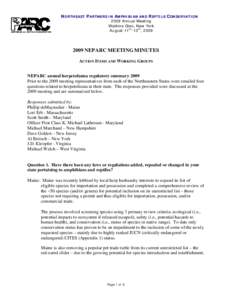<--- Back to Details
| First Page | Document Content | |
|---|---|---|
 Date: 2014-09-16 14:42:35Living fossils Herpetology Reptile Common snapping turtle Turtle Box turtle Spotted turtle Nature Biota Biology U.S. state reptiles Painted turtle |
Add to Reading List |
| First Page | Document Content | |
|---|---|---|
 Date: 2014-09-16 14:42:35Living fossils Herpetology Reptile Common snapping turtle Turtle Box turtle Spotted turtle Nature Biota Biology U.S. state reptiles Painted turtle |
Add to Reading List |